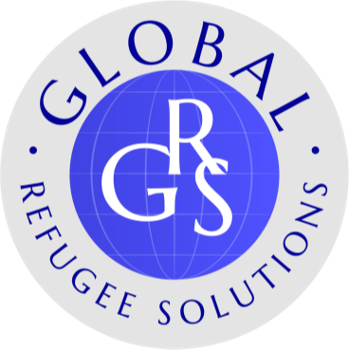Mexico
Learn more about the region below
Overview
Mexico, is a key destination and transit country for refugees and migrants fleeing violence, poverty, political instability, and climate related disasters in the Americas. Asylum applications in Mexico have surged in recent years, making it one of the top six countries globally for asylum claims. Despite having a strong legal framework and refugee integration programs, the country faces immense pressure to provide adequate services and protection.
Country Facts
- Population: 137,274,016 (2025 est.)
- Hosted Refugees, Asylum Seekers, and Others in Need (2022): 500,000
- Asylum Applications (2023): 140,000+
- Major Countries of Origin: Venezuela, Honduras, Haiti, Cuba, Nicaragua
- Recognized Refugees (June 2020): 34,946
Crisis
Mexico is experiencing a complex refugee and migration crisis. It acts both as a transit and destination country, with many people fleeing violence, organized crime, poverty, and environmental disasters in their home countries. In 2023, Mexico ranked sixth globally in asylum claims, with over 140,000 applications filed. The burden on Mexico’s institutions, civil society, and host communities has grown, leading to challenges in providing shelter, documentation, healthcare, and integration services.
The government’s response is guided by the 1984 Cartagena Declaration, offering broader refugee definitions, and has expanded protection through COMAR and the National MIRPS Action Plan. Notable programs include Temporary CURP issuance for asylum seekers, internal relocation for employment, and alternatives to detention. Yet, humanitarian concerns persist, particularly for children and vulnerable populations at risk of exploitation and violence.
Frequently Asked Questions (FAQs)
Why are so many refugees and migrants coming to Mexico?
People are fleeing violence from organized crime, political instability, poverty, and climate-related disasters in countries like Venezuela, Honduras, Haiti, and Nicaragua.
Is Mexico just a transit country?
While many migrants transit through Mexico en route to the U.S., a growing number are applying for asylum and settling in Mexico due to strengthened legal protections and integration policies.
What rights do recognized refugees have in Mexico?
Refugees can work, access healthcare, enroll in education, and receive social protections. Asylum seekers receive a Temporary CURP while waiting for status determination.
How is Mexico handling the influx?
Mexico has strengthened its asylum institutions, adopted MIRPS initiatives, and works with UN agencies and NGOs. However, resources remain stretched, and many refugees face delays and limited services.
What is MIRPS, and how is Mexico involved?
MIRPS (Comprehensive Regional Protection and Solutions Framework) is a regional initiative that promotes shared responsibility for refugee protection. Mexico's National Action Plan under MIRPS enhances coordination, local integration, and service delivery for refugees.
